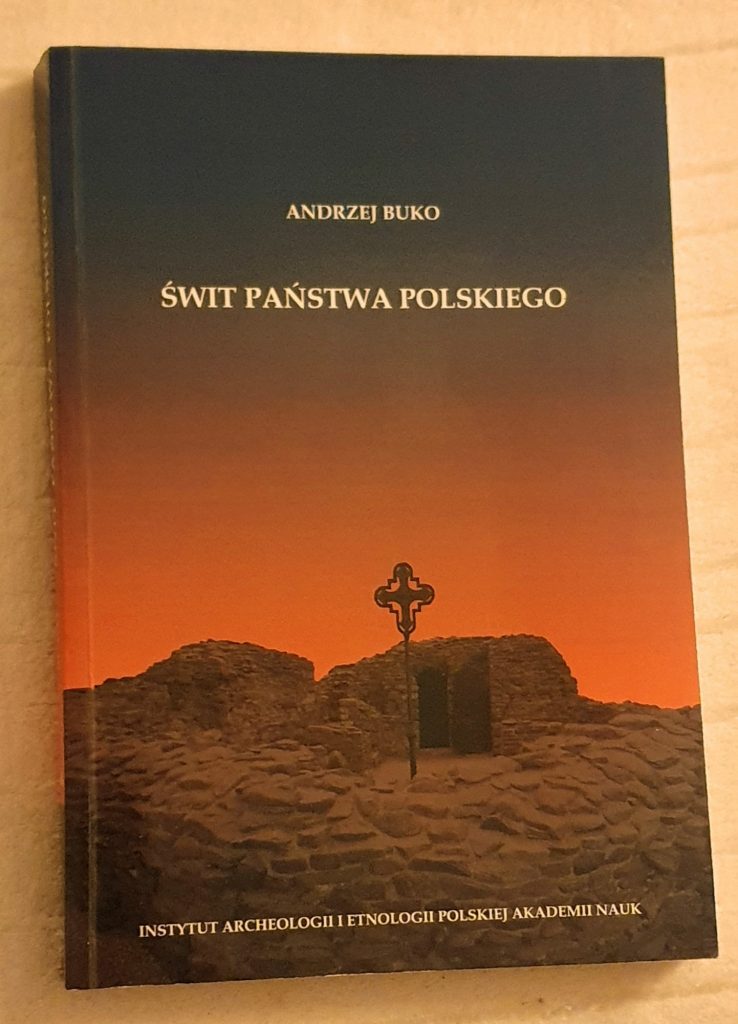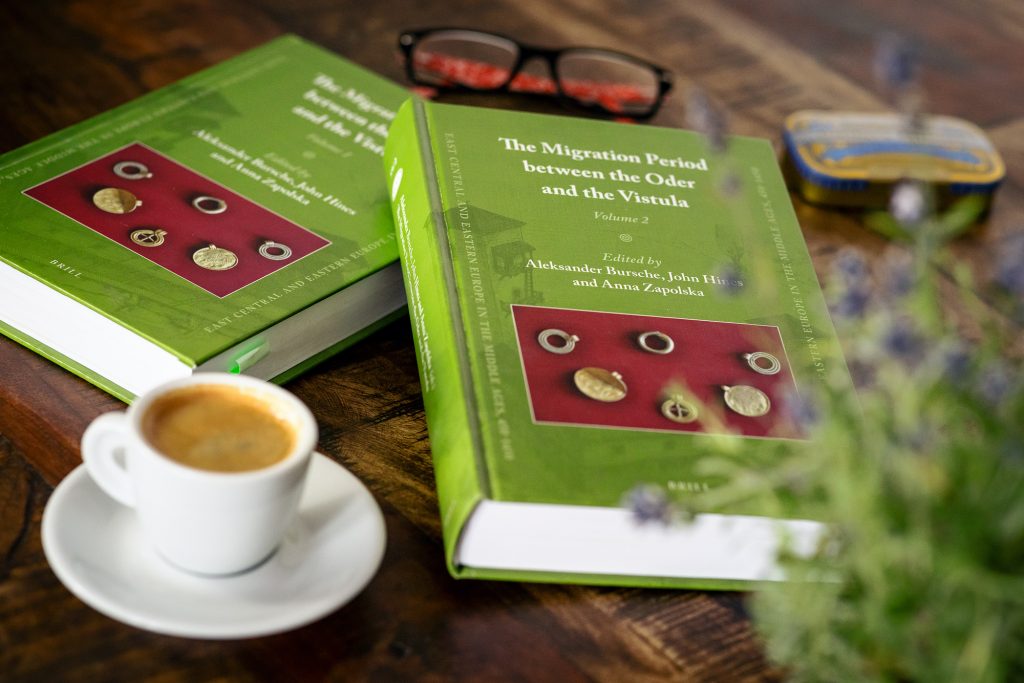
Previous to the project IMAGMA, the widely accepted dating of the emergence of Early Germanic coinage was the late-fifth and sixth centuries, the time when Germanic communities established themselves on the territory of the Western Roman Empire. This view has now been fully invalidated by a ground-breaking discovery: the first Germanic coinage in fact dates at least two hundred years early, to the second half of the third century, and has its origins in what is now western Ukraine.


